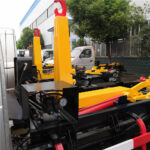Garbage trucks play a crucial role in waste management systems, collecting and transporting trash efficiently from residential and commercial areas. These vehicles are equipped with various components that enable them to perform their tasks effectively. One of the most prominent features of a garbage truck is the mechanical arm used for lifting and emptying waste containers. This specialized device, known as an “automated side loader” (ASL) or “mechanical arm,” revolutionized the garbage collection process, improving efficiency and reducing the physical strain on workers.
The arm on a garbage truck is an ingenious invention that has significantly transformed the way trash is handled. In the past, manual labor was required to lift heavy waste containers into the truck, which posed potential risks to the worker’s health and safety. With the introduction of the mechanical arm, this arduous task became much easier and safer.
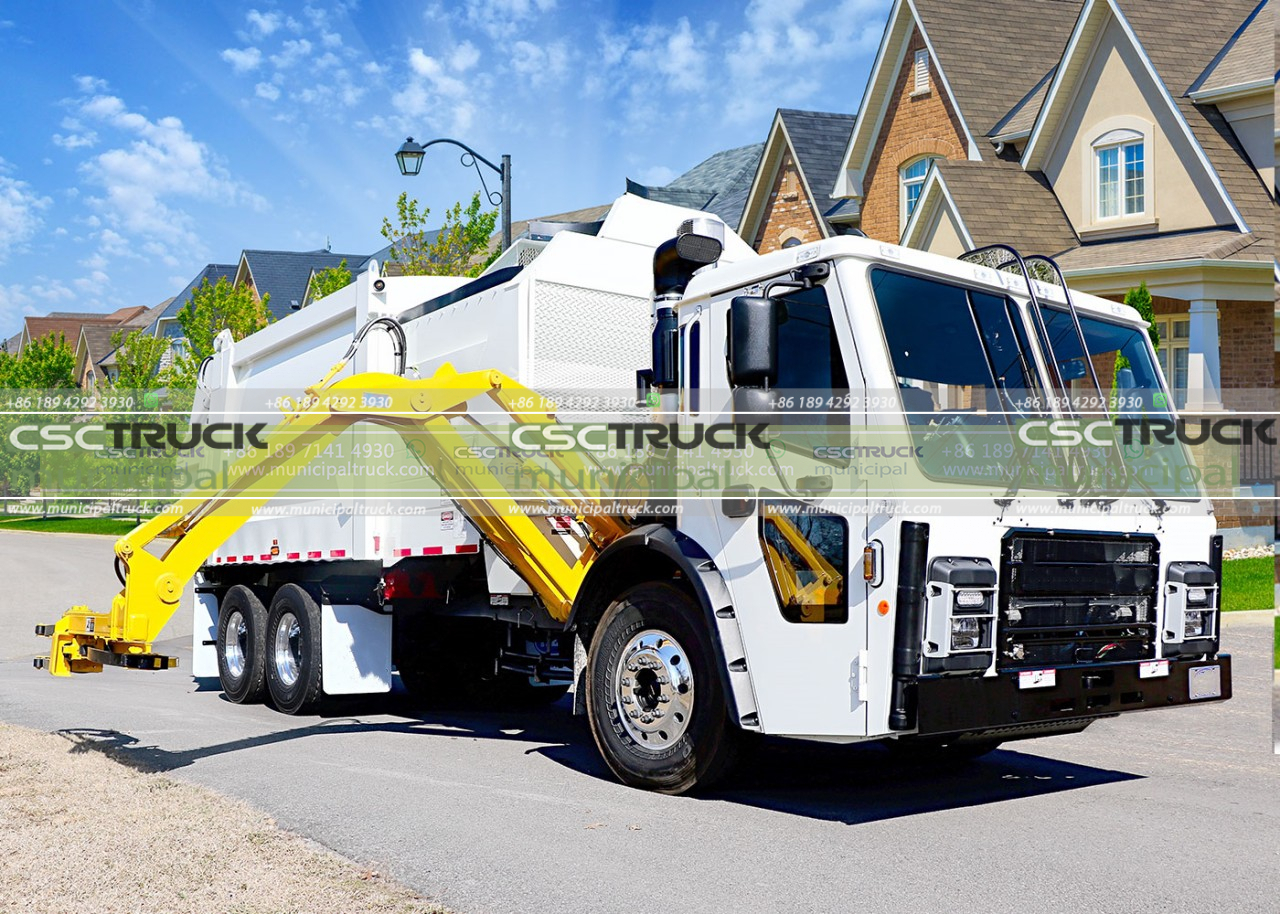
The automated side loader is typically mounted on the side of a garbage truck. It consists of a hydraulic system, a pivoting joint, and a mechanical claw-like attachment, capable of gripping and lifting various types of waste containers. The arm is controlled by the truck driver, who operates it from inside the vehicle’s cabin using a set of controls.
When it’s time for garbage collection, the garbage truck driver positions the vehicle next to the designated waste container. The mechanical arm extends outward, aligning itself with the container. The claw attachment then closes around the container, securing it firmly. With the press of a button, the hydraulic system activates, lifting the container off the ground and tilting it toward the truck. Once the container is over the truck’s hopper, the bottom opens, releasing the waste into the compactor inside the vehicle. The container is then gently lowered back to the ground, ready for the next collection.
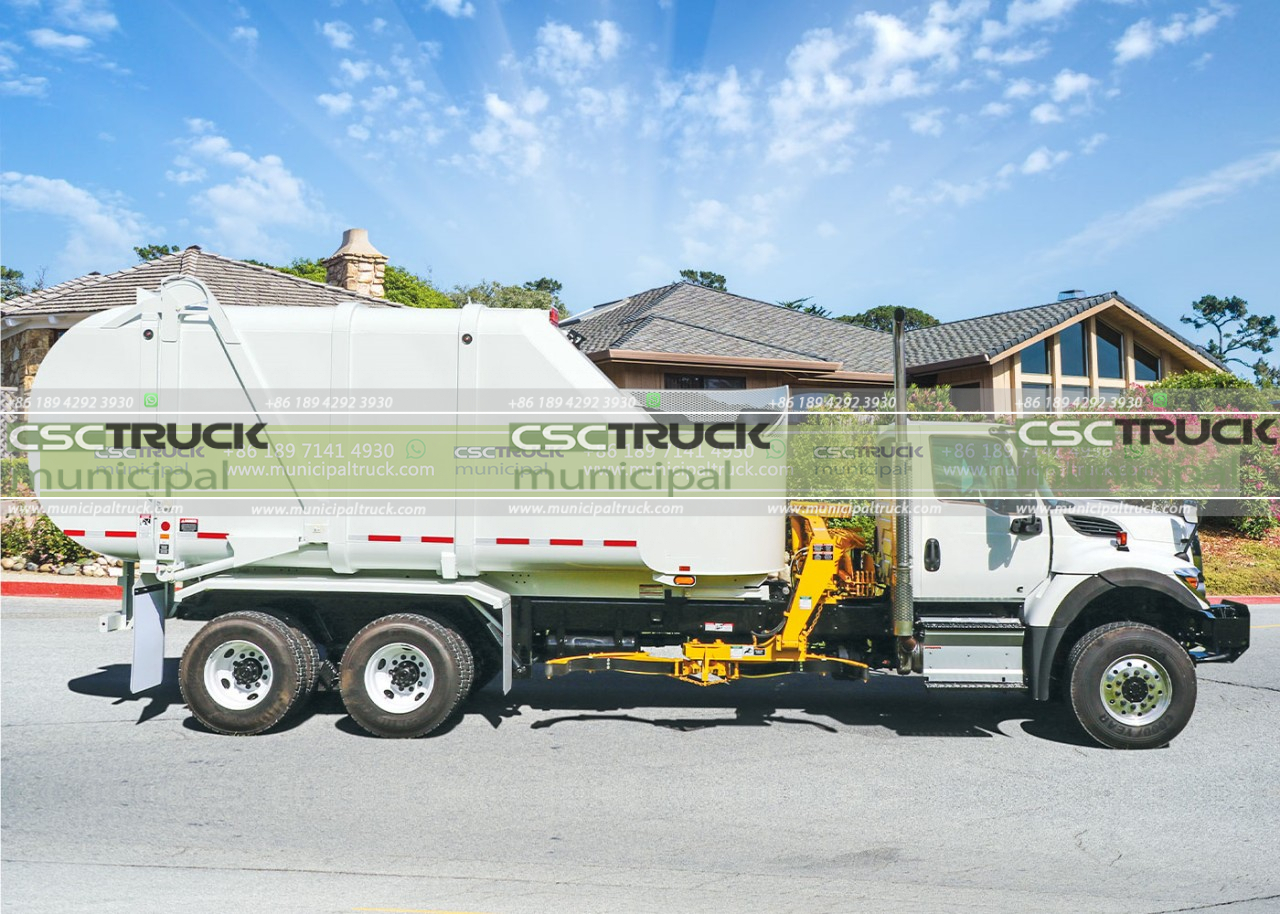
The ASL system offers several advantages over traditional manual collection methods. Firstly, it eliminates the need for manual lifting, reducing the risk of work-related injuries such as back strains and muscle sprains. This feature is particularly important considering the repetitive nature of garbage collection work. By reducing physical strain, the mechanical arm helps promote the health and well-being of garbage collectors.
Secondly, the automated side loader enables a single operator to handle the entire garbage collection process efficiently. This means that the truck driver can perform the task independently without relying on additional labor. Consequently, it optimizes time and resources, allowing for more efficient garbage collection routes and schedules.
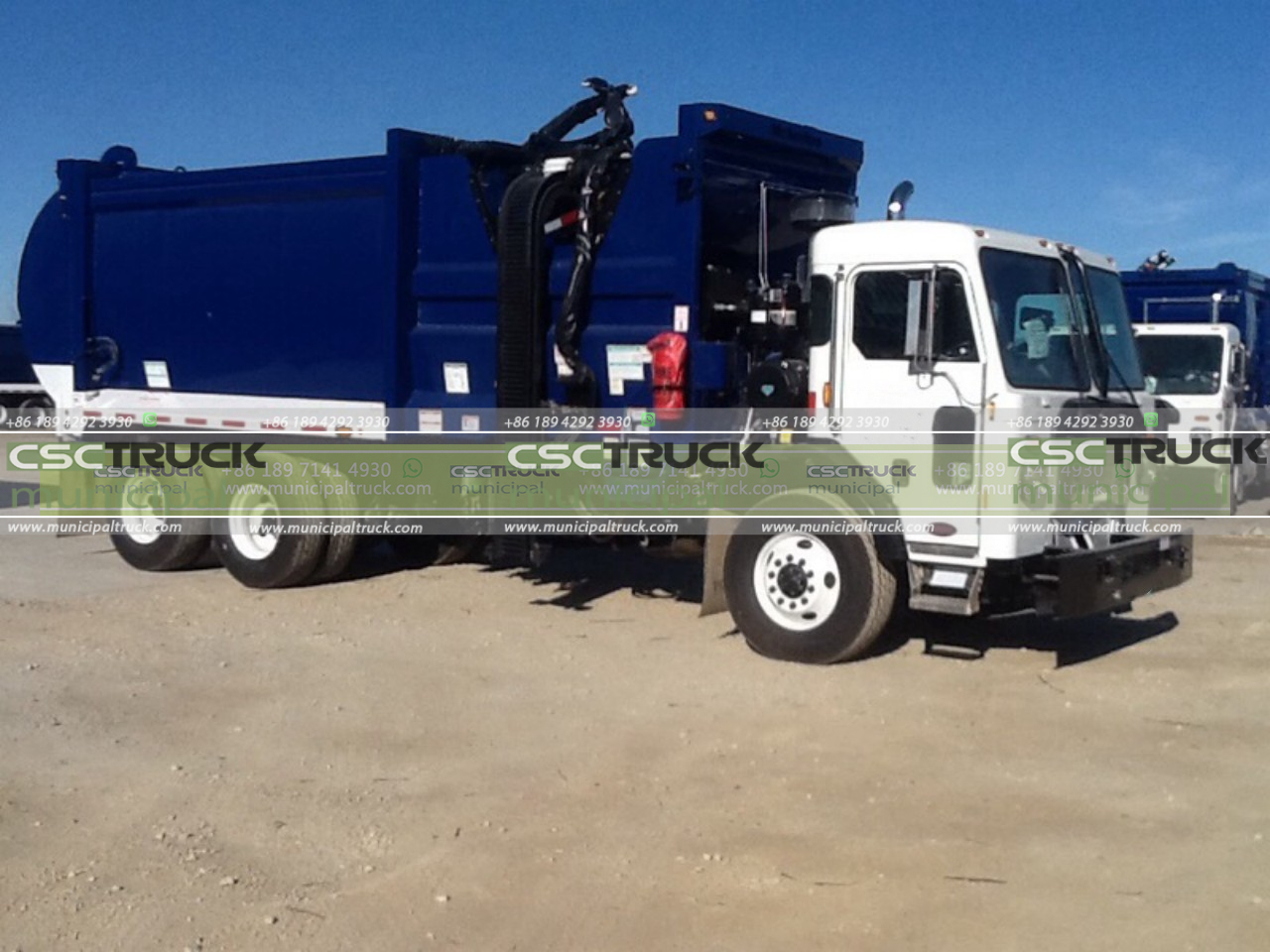
Furthermore, the mechanical arm ensures higher precision when emptying waste containers. It minimizes spillage and prevents damage to the containers themselves, reducing the potential for littering and maintaining the overall cleanliness of the collection area.
Despite its numerous advantages, the ASL system is not without limitations. One key challenge is its compatibility with various types of waste containers. While the mechanical arm can handle most standard containers, it may encounter difficulties with non-standard or irregularly shaped containers. In such cases, manual collection methods may still be necessary.
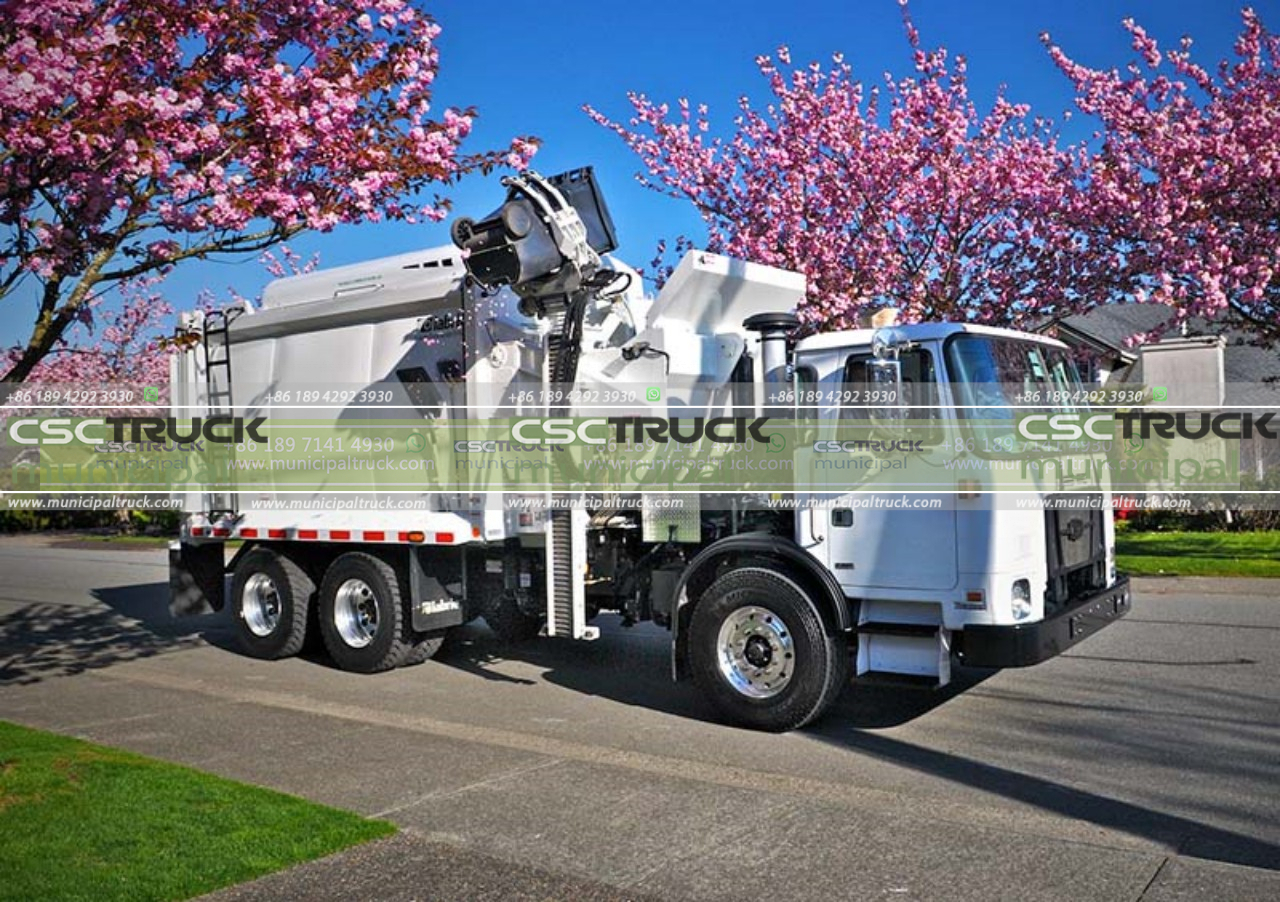
Additionally, the mechanical arm requires regular maintenance and inspection to ensure its proper functioning. The hydraulic system, joints, and attachment mechanisms must be periodically checked and serviced to prevent breakdowns or malfunctions.
In recent years, advancements in waste management technology have further enhanced the capabilities of the mechanical arm. Some modern garbage trucks are equipped with sensor systems and cameras that assist the truck driver in accurately aligning the arm with the waste container. These technological upgrades improve efficiency and reduce the risk of accidents during the collection process.
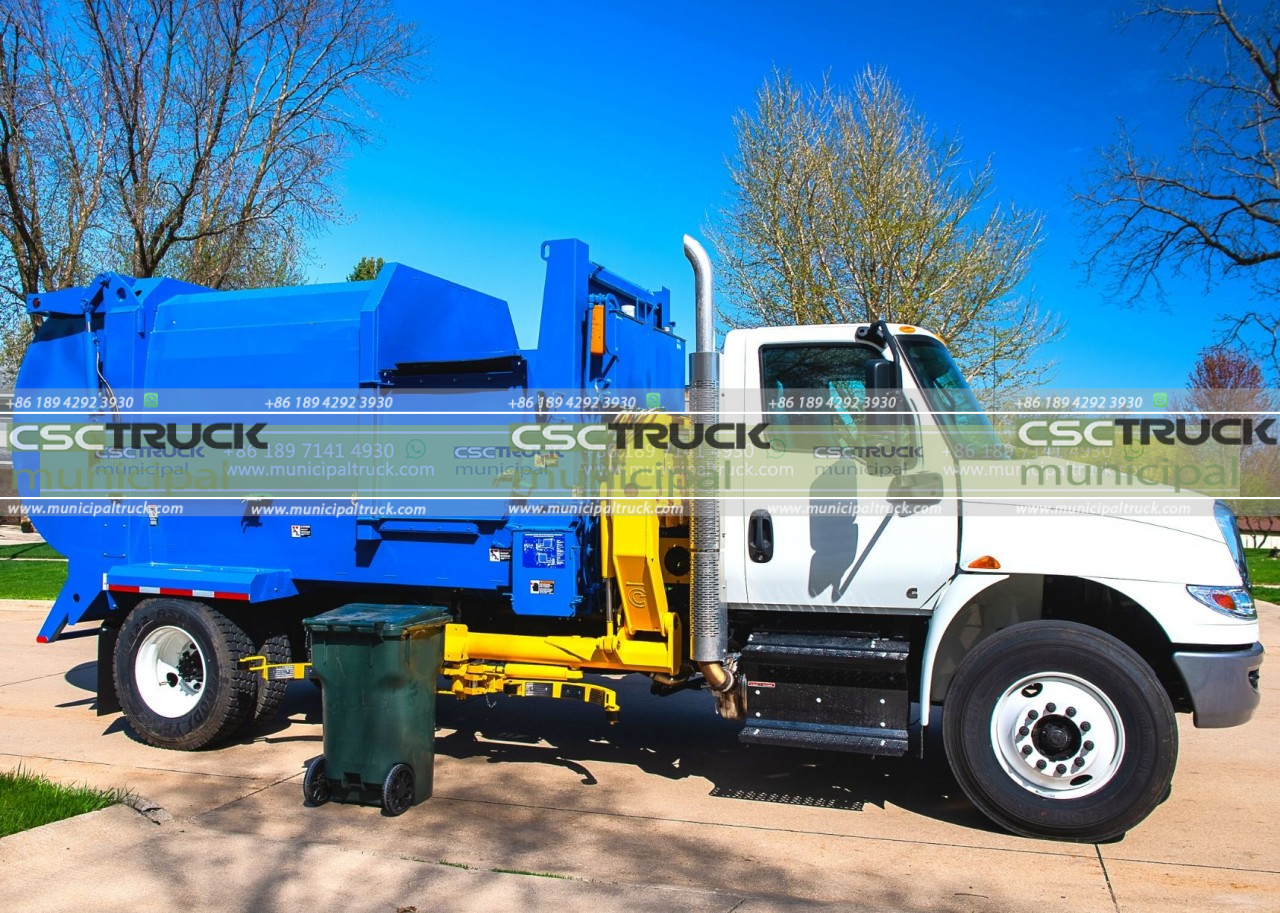
In conclusion, the arm on a garbage truck, known as the automated side loader or mechanical arm, has revolutionized the waste collection industry. Its ability to lift, empty, and lower waste containers with precision and efficiency has improved the working conditions significantly for garbage collectors. By eliminating the need for manual lifting, the mechanical arm has reduced the risk of work-related injuries and improved the overall efficiency of garbage collection.
The introduction of the mechanical arm has transformed the garbage collection process into a streamlined and automated operation. It has eliminated the physical strain and potential hazards associated with manual lifting, making the job safer and more manageable for workers. The use of the mechanical arm also reduces the need for additional labor, as a single operator can now handle the entire collection process independently.
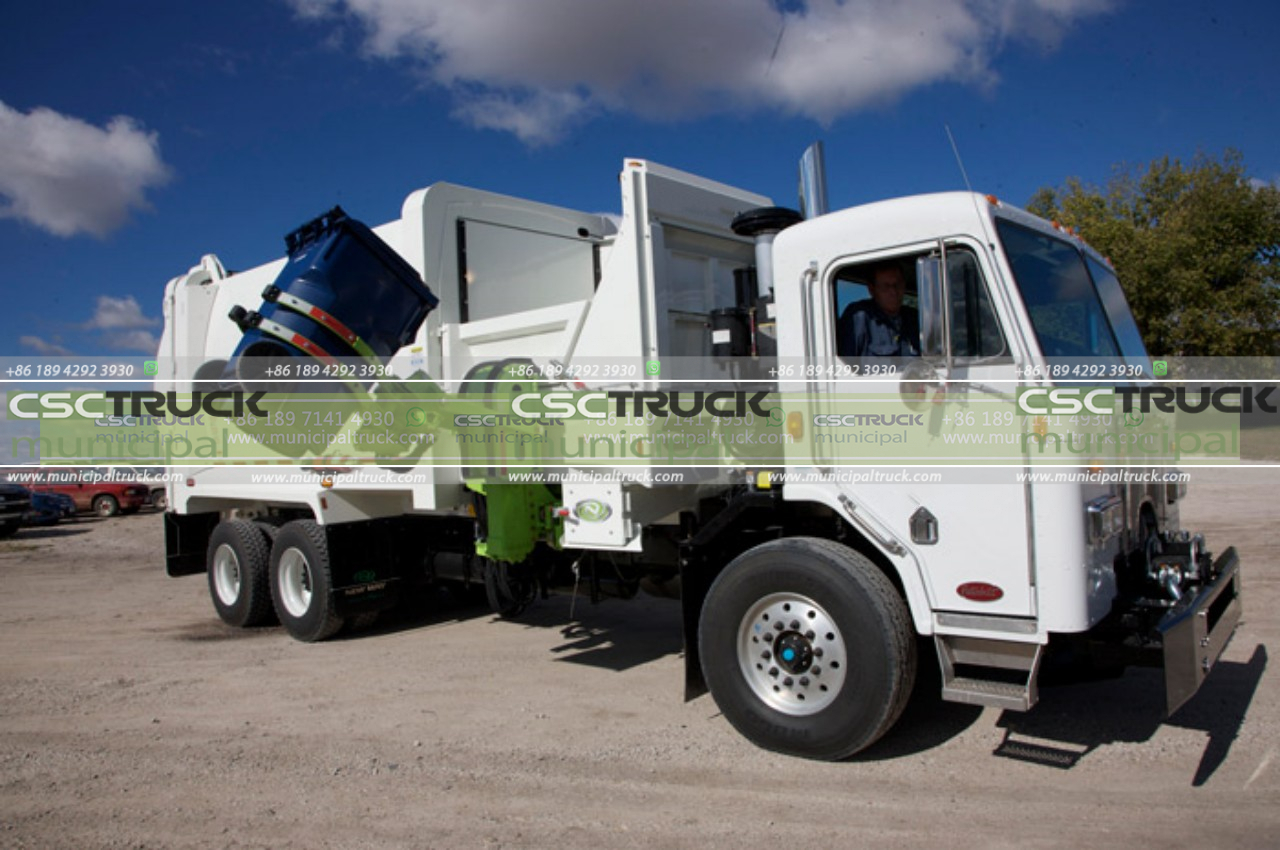
Another benefit of the mechanical arm is its ability to ensure precision and minimize spillage during the emptying process. The claw-like attachment securely grips the waste container, preventing any accidental releases or messes. This feature not only maintains the cleanliness of the collection area but also contributes to a more efficient waste disposal system. By reducing spillage, the mechanical arm helps to minimize environmental pollution and encourages proper waste management practices.
Furthermore, the mechanical arm allows for optimized garbage collection routes and schedules. With a single operator managing the entire process, time and resources are utilized more effectively. The arm’s efficiency in lifting and emptying waste containers ensures that collections can be promptly completed, reducing the chances of missed pickups and overflowing bins. This efficiency translates to improved service for residents and businesses, ensuring that waste is promptly and properly disposed of.
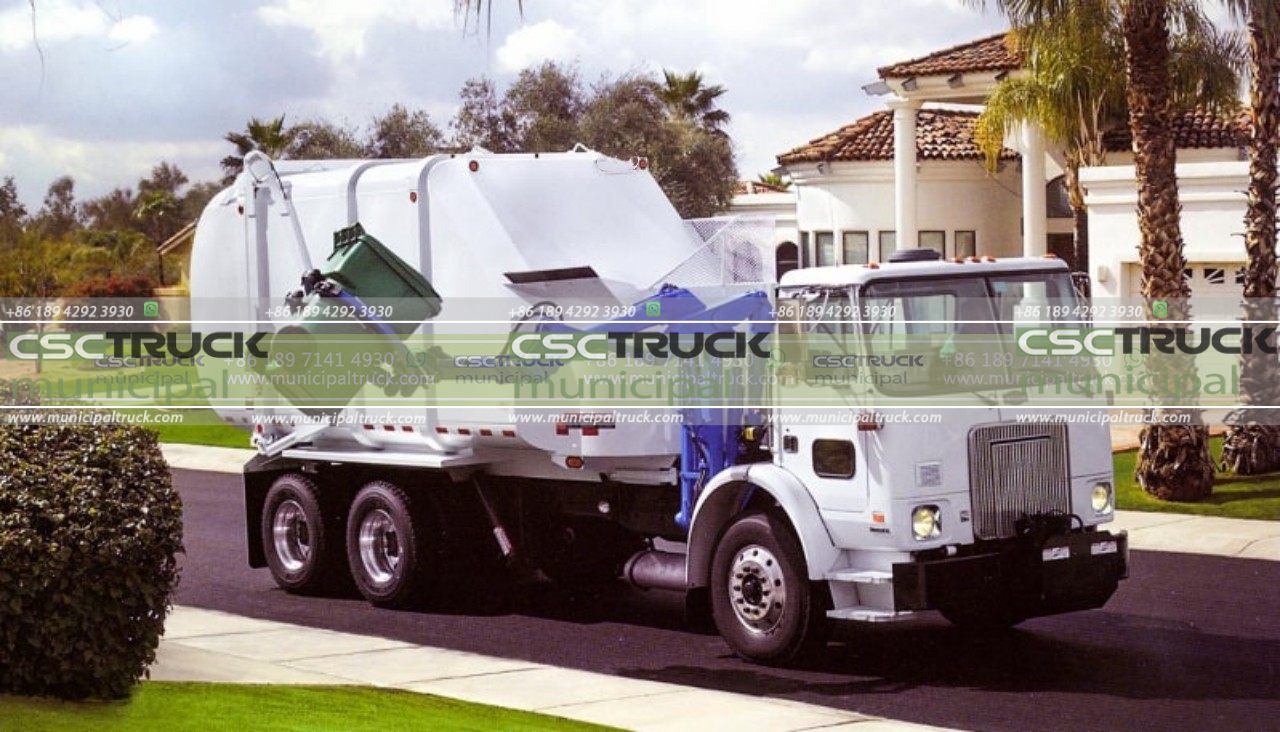
While the mechanical arm has proven to be a valuable asset in the waste management industry, there are still some challenges to consider. One limitation is the compatibility with different types of waste containers. While standard containers are easily handled by the mechanical arm, non-standard or irregularly shaped containers may pose difficulties. In such cases, manual collection methods may be required, which can slow down the overall collection process.
Maintenance and regular inspections are also essential for the proper functioning of the mechanical arm. The hydraulic system, joints, and attachment mechanisms need to be regularly serviced to prevent breakdowns and ensure optimal performance. Additionally, the truck drivers operating the mechanical arm require proper training to handle the equipment safely and effectively.
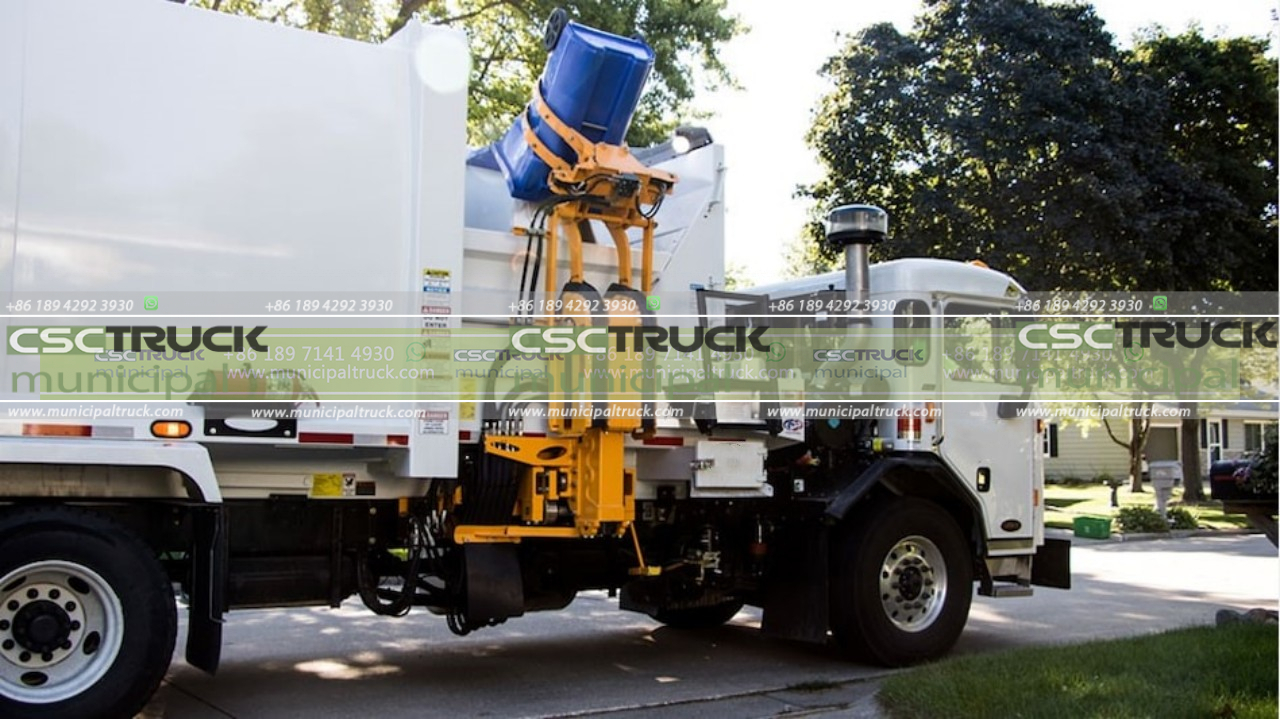
In conclusion, the arm on a garbage truck, commonly referred to as the automated side loader or mechanical arm, has revolutionized the waste collection industry. Its introduction has transformed the manual and labor-intensive garbage collection process into an automated and efficient operation. The mechanical arm improves the safety and well-being of workers by eliminating the physical strain associated with manual lifting. It also enhances the precision and cleanliness of waste disposal, reducing spillage and promoting proper waste management practices. Although there are challenges and limitations to consider, the mechanical arm remains a vital component in modern waste management systems, ensuring effective and efficient garbage collection for communities around the world.
Contact us for this municipal truck or similar trucks: [email protected] Call us or What's APP us: +86 189 4292 3930




